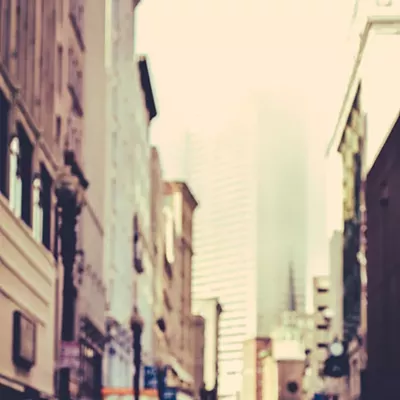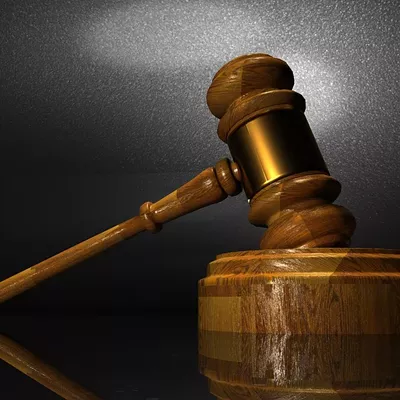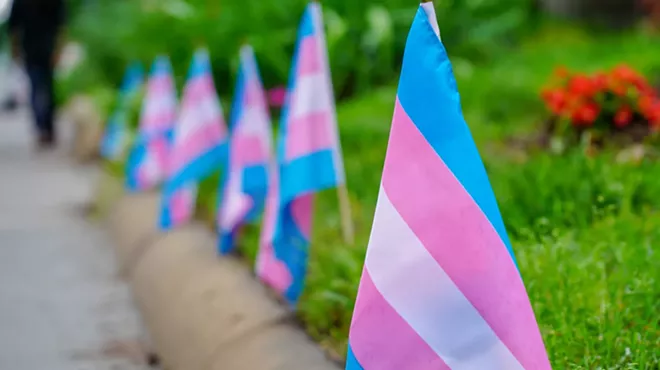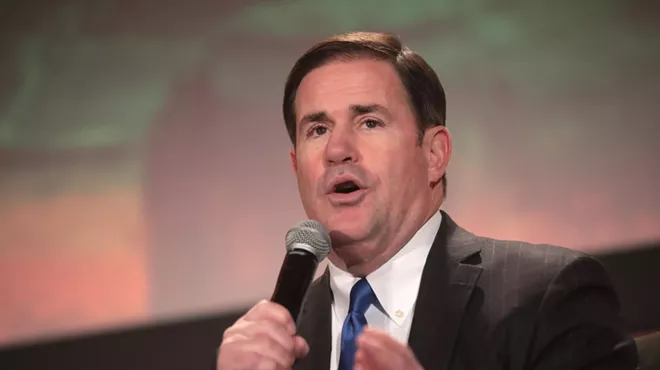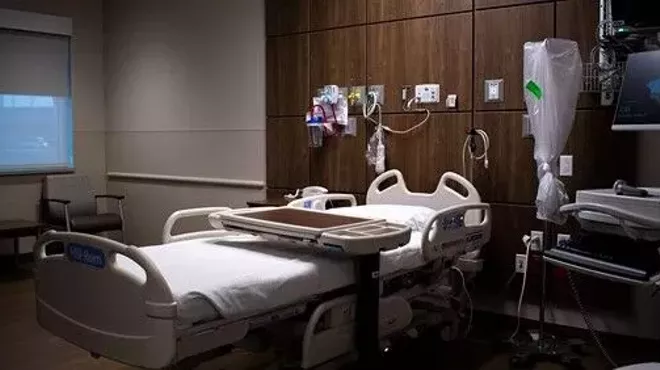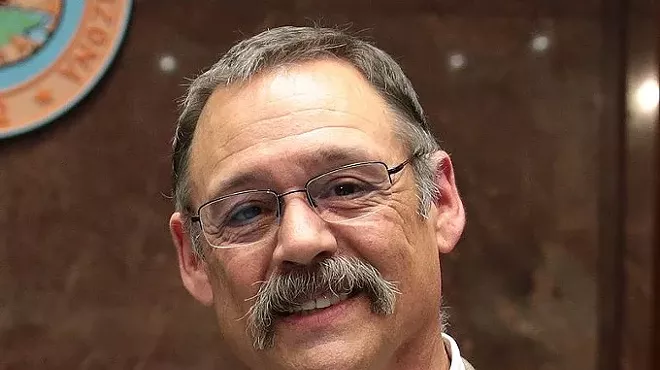Monday, August 3, 2020
Nobody Accurately Tracks Health Care Workers Lost to COVID-19. So She Stays Up At Night Cataloging the Dead.
Page 5 of 5
Piercing that sense of invulnerability — making the enormity of the COVID-19 disaster seem real — isn’t only Rezba’s mission. From The New York Times’ iconic front page marking the first 100,000 American deaths to the Guardian/Kaiser Health News project “Lost on the Frontline,” news organizations and social media activists have grappled with how to convey the scale of the tragedy when people are distracted by multiple world-shattering crises and the normal rituals for processing grief are largely unavailable.“The point at which accountability usually happens is when our leaders have to reckon with the families of those who’ve been lost, and that has not happened,” said Alex Goldstein, a Boston-area communications strategist behind the wrenching @FacesOfCOVID Twitter account, which has posted almost 2,000 memorials since March. With COVID-19, “no one has had to look in the eye of a crying parent who wants to show you a picture of their child or listen to someone telling you about who their mom or dad was. There has been no consequence. What would our policy decisions have looked like if [the people making them] had to come face to face with that death and loss in a more visceral way?”
It’s a question that weighs especially heavily on health care professionals, who have seen, in the most visceral way possible, the worst that COVID-19 can do. Erica Bial, a pain specialist in the neurosurgery department at a Boston-area hospital, fell dangerously ill from COVID-19 in March, her respiratory symptoms lingering for more than six weeks. She lived alone and opted not to go to the hospital, in part because she worried about infecting other people. “At that point [in the outbreak], they would have intubated me, given me hydroxychloroquine and azithromycin and probably killed me.” As her recovery dragged on, she wondered how other doctors were faring: “I couldn’t believe that I was the only physician I knew who was sick.” But as she searched online, “I could not find any data. I just started getting really frustrated at the lack of information and the disinformation. … And then I started thinking about, well, what happens if I die here? Will anybody know?”
Like Rezba, Bial has a background in public health; the Facebook page she created, COVID-19 Physicians Memorial, was an attempt to build “a network where there’s accountability. I wasn’t necessarily trying to create, you know, reverence or memorialization. I was trying to understand the scope of the problem.”
Rezba soon began posting memorials on the page; as it grew to include more than 4,800 members, Bial asked her to help moderate it. Among the things the two women share is a determination to stick to facts. “I didn’t want any politics and I didn’t want any garbage,” Bial said. “(Rezba) was 100% like-minded and trustable.” She was also someone Bial could talk to, doctor to doctor, as she recovered. “It wasn’t just two people obsessed with something kind of morbid,” Bial said. “She was a source of support.”
Emergency room doctor Cleavon Gilman also gained a following for his posts on Facebook, a diary about what he witnessed as an ER resident in the NewYork-Presbyterian hospital system, battling the virus as it engulfed Washington Heights. “It was just … overwhelming,” he recalled. “We were intubating 20 patients a day. We had hallways filled with COVID patients; there was nowhere to put them.” In the space of a few brutal days in late April, three of Gilman’s colleagues died, including one by suicide. “When it’s a colleague that you’re taking care of and you know them as a person you’ve been on a journey with ... man, that’s hard.”
Though much of the media focus was on the risks faced by older patients, Gilman was struck by how many of the critically ill were in their 20s, 30s and 40s. In mid-April, his own 27-year-old cousin, a gym teacher at a New Jersey charter school, suddenly died; he went to the ER twice with chest pain but was diagnosed with anxiety and sent home, according to his relatives, only to collapse in his car on the side of the road.Just some of the faces of the over 800 US healthcare workers who have died from covid19. #healthcareheroes #getusppe #WearAMask
— US HCWs Lost to Covid19 (@CTZebra) July 21, 2020
We are dying out here. #WearAMaskSaveALife
Collage created by, thanks to @Cleavon_MD pic.twitter.com/wJAeZBWl3D
As the crisis in New York City ebbed, Gilman could see trouble ahead in other parts of the country, including in Yuma, Arizona, where he was about to start a new job. It seemed vitally important to help younger people understand the risks they faced — and that they created for others — by not adhering to physical distancing or wearing masks, not to mention the dangers that health care workers faced from continuing shortages of PPE. So Gilman began gathering the memorials he saw on Twitter and Facebook, many of them found by Rezba or on @FacesOfCOVID, and organizing the dead on his website in the type of gallery that he knew would pack an emotional wallop. Then he went a step further, making the photos and obituaries — more than 1,000 people — sortable by age and profession.
“You begin to see a pattern here,” he said. “When someone says, ‘Oh people aren’t dying, they’re not that [young],’ you can come back with actual names, actual articles, quickly. It’s more powerful. You have your evidence there.”
One of the most overtly political projects is Marked by COVID, formed by Kristin Urquiza in honor of her father, Mark, after her “honest obituary” of him went viral in early July. To Urquiza, who earned her master’s in public affairs from the University of California, Berkeley, and works as an environmental advocate in the San Francisco area, “the parallels between the AIDS crisis and what is happening now with COVID are just mind-boggling [in terms of] the inaction by governments and the failure to prioritize public health.” She and her partner, Christine Keeves, a longtime LGBTQ activist, hope the project will be both “a platform for people to come forward and share their stories” and the COVID-19 version of the anti-AIDS group Act Up.
They’re also raising money on GoFundMe to help other families pay for obituaries; the second honest obit on their site was for a respiratory therapist in Texas named Isabelle Odette Hilton Papadimitriou: “Her undeserving death is due to the carelessness of politicians who undervalue healthcare workers through lack of leadership, refusal to acknowledge the severity of this crisis and unwillingness to give clear and decisive direction to minimize the risks of coronavirus. Isabelle’s death was preventable; her children are channeling their grief and anger into ensuring fewer families endure this nightmare.”
It’s a trend that Rezba supports wholeheartedly. By the end of July, she had posted almost 900 names and faces of U.S. health care workers who had perished from COVID-19. She fantasized about what it would be like to leave the counting behind her. “It would be great if I could stop. It would be great if there was nobody else to find.” But she had a backlog of dozens of stories to post, and the number of deaths kept climbing.
Ryann Grochowski Jones and Hannah Fresques contributed reporting.


